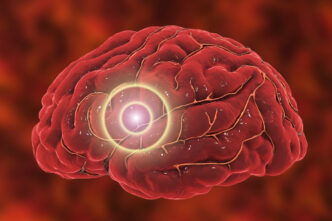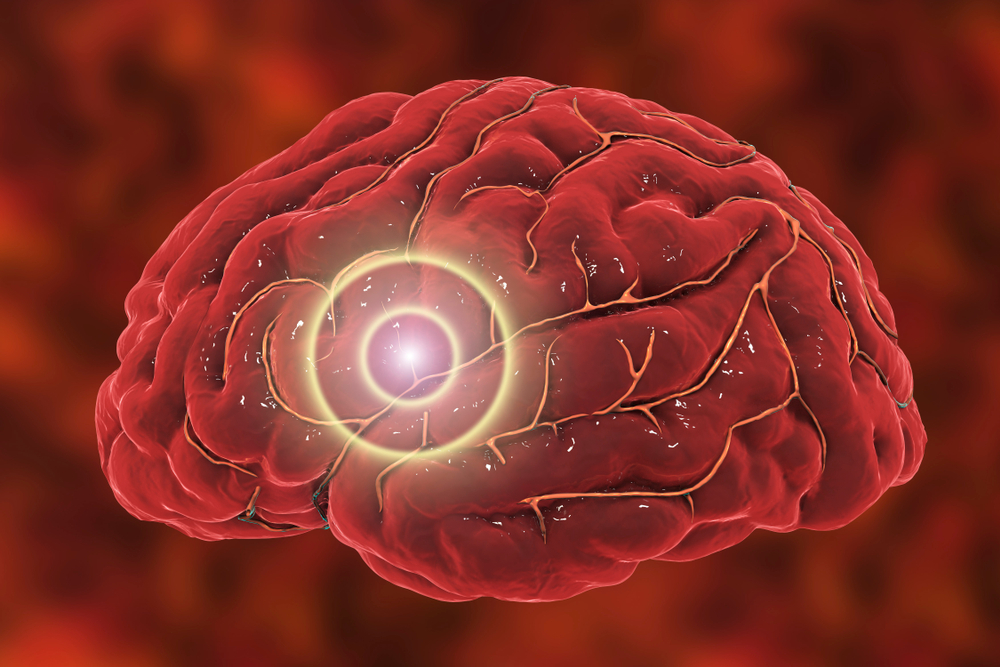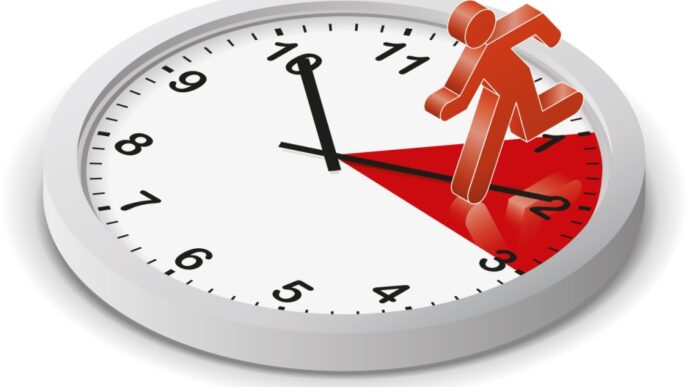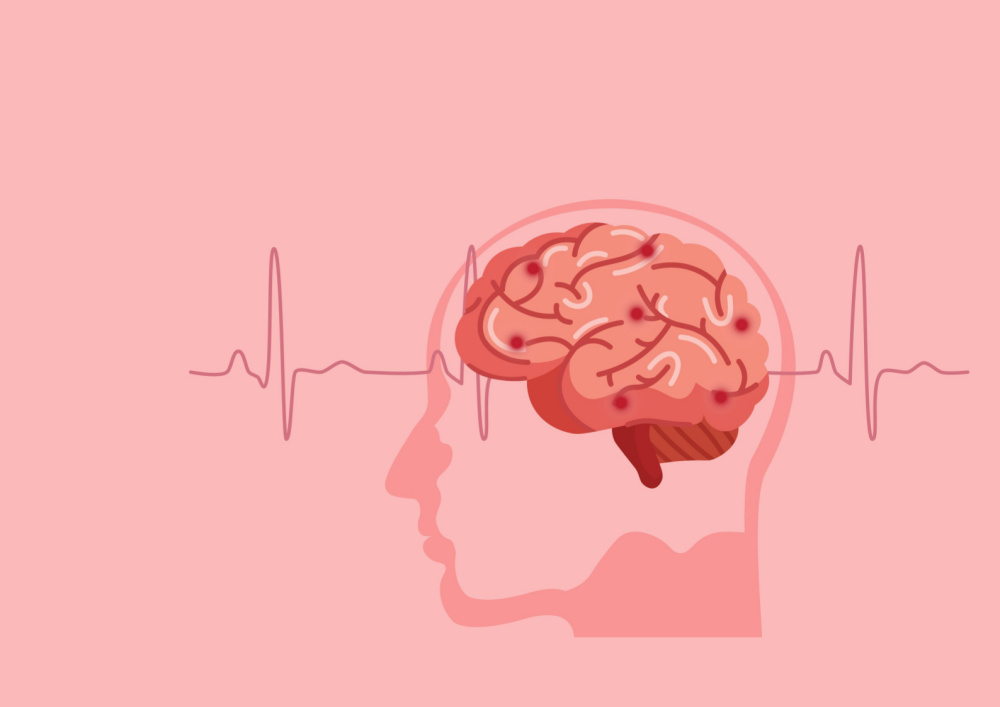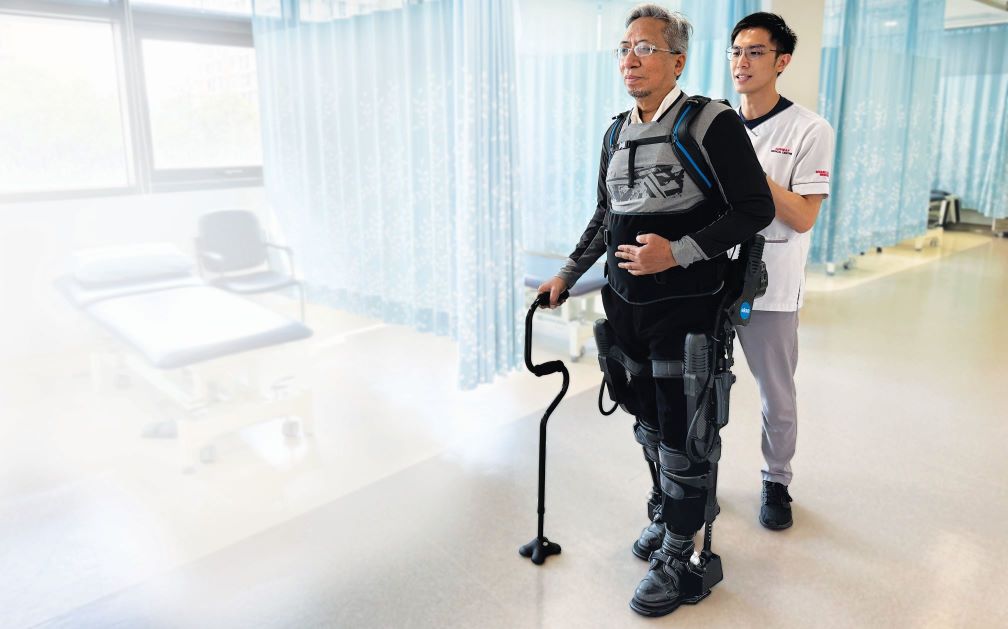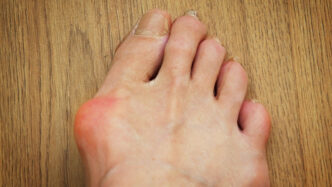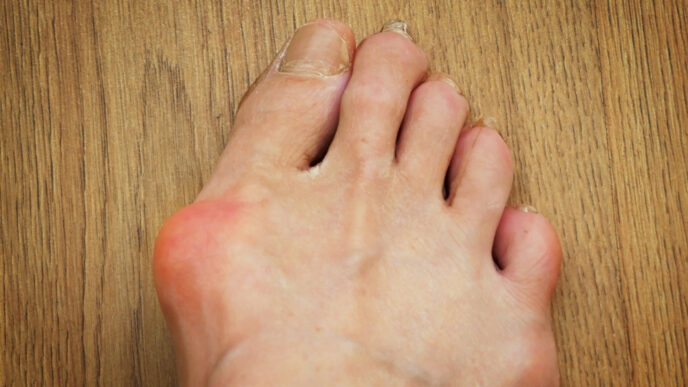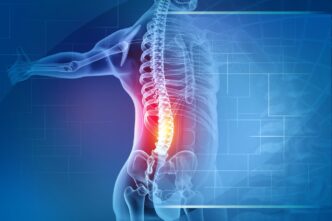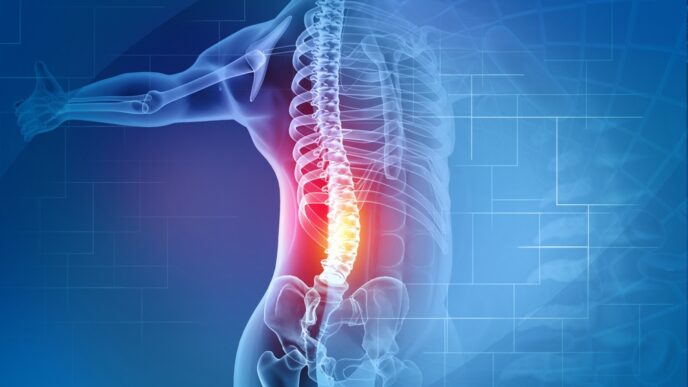A stroke strikes fast and without warning, cutting off blood flow to parts of the brain and causing lasting damage within minutes. The symptoms can be subtle — a drooping face, slurred speech, a weak arm — but the danger is anything but. Knowing what to look for and acting quickly can make the difference between recovery and tragedy.
WORDS LIM TECK CHOON
 FEATURED EXPERT FEATURED EXPERTDR LEE TUAN CHEONG Consultant Emergency Physician Sunway Medical Centre Damansara |
QUICK FACTS ABOUT STROKE
What Is It?
Dr Lee Tuan Cheong explains that a stroke occurs when blood supply to a part of the brain is interrupted, causing damage to our brain cells.
Who Is at Risk?
- It is common among people over the age of 60, but stroke can happen to anyone at any age.
- According to the World Health Organization (WHO), stroke is increasingly more common among younger people these days, with 1 out of 4 stroke cases occurring in people under 50.
- Dr Lee reveals that up to 90% of strokes are due to a few modifiable risk factors (see the next section) and could have been prevented by taking the necessary steps to reduce this risk.
Common Risk Factors
- High blood pressure — the most significant risk factor — as well as diabetes, and high cholesterol levels.
- Good control of these health conditions can reduce the risk of stroke.
- Being overweight or obese and/or leading a sedentary lifestyle.
- These factors will increase the risks of developing high blood pressure, heart disease, and type 2 diabetes.
- Consult a dietitian to make meal adjustments and be physically active every day to maintain a healthy weight,
- Smoking, which damages the lining of blood vessels and makes them more likely to narrow or clot.
- It’s time to quit the habit. Consult a doctor or pharmacist if you have a tough time quitting on your own.
- Heart diseases and irregular heartbeat (atrial fibrillation).
- These conditions can cause blood clots to form, which can travel to the brain and cause a stroke.
- Family history of stroke. If you have a family history of stroke, you are more likely to have a stroke yourself.
- Consult a doctor on how you can reduce your risk of stroke.
- Heavy drug use. This can greatly increase the risk of stroke in people that may otherwise appear healthy.
- If you have a drug addiction and wish to overcome it, you can consult a doctor for further advice.
- Short-term and long-term emotional stress. You can consult a counsellor or psychologist for more advice if you find it challenging to manage your stress on your own.
 FEATURED EXPERT FEATURED EXPERTDR RAJENDRA RAO RAMALU Consultant Neurosurgeon Dr Raj Brain, Spine & Pain Clinic Aurelius Hospital Negeri Sembilan Website | Facebook | Instagram | TikTok |
THERE ARE TWO MAIN TYPES OF STROKES
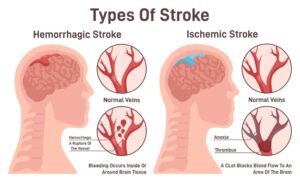
Ischaemic Stroke
- Ischaemic stroke is the most common type of stroke.
- Dr Rajendra Rao Ramalu explains that it is caused by a clot in a blood vessel.
- This clot can form in a blood vessel of the brain; we call a stroke caused by such a clot an embolic stroke.
- The clot could also have traveled from another part of the body; we call a stroke caused by such a clot a thrombotic stroke.
- This clot keeps blood from reaching an area of the brain.
- Eventually, the brain cells in that area will die, impairing the functions of that area.
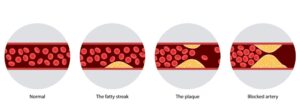
Hemorrhagic Stroke
- Dr Rajendra reveals that a hemorrhagic stroke occurs when a weakened blood vessel in the brain ruptures or breaks.
- Uncontrolled or poorly controlled high blood pressure is one of the main causes of the weakening of blood vessels.
- This causes blood to spill into the surrounding tissues.
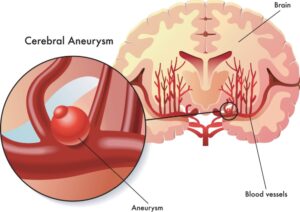
You may have heard of an aneurysm, a type of haemorrhagic stroke.
- It occurs when a blood vessel is weakened to the point of forming a balloon-like bulge on the wall.
- The balloon can sometimes rupture as the wall continues to weaken.
| Click here for the next part of this article, where experts discuss what to do when someone has a stroke as well as treatments for stroke. |
| This article is part of our series on stroke, its treatment, and how you can spot a stroke and take action before it’s too late. |

